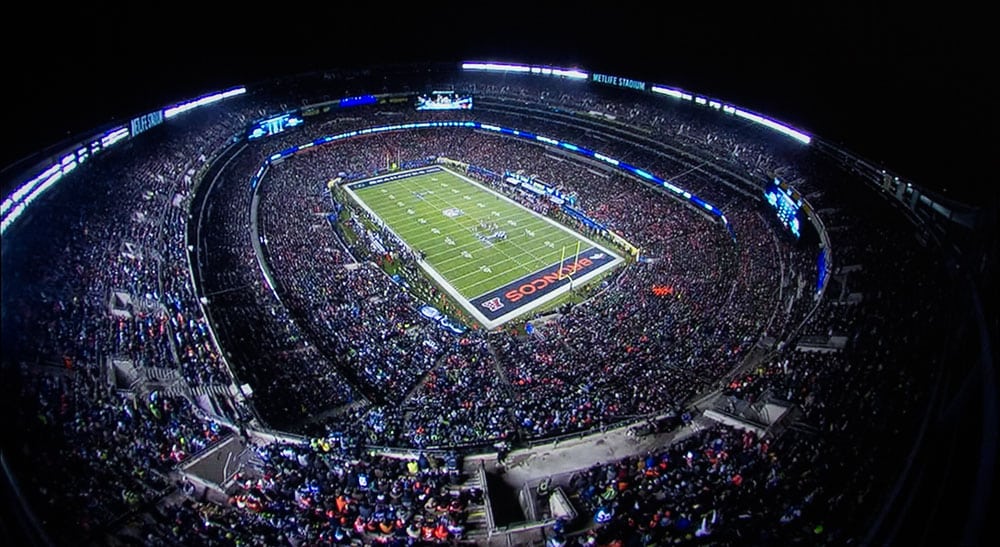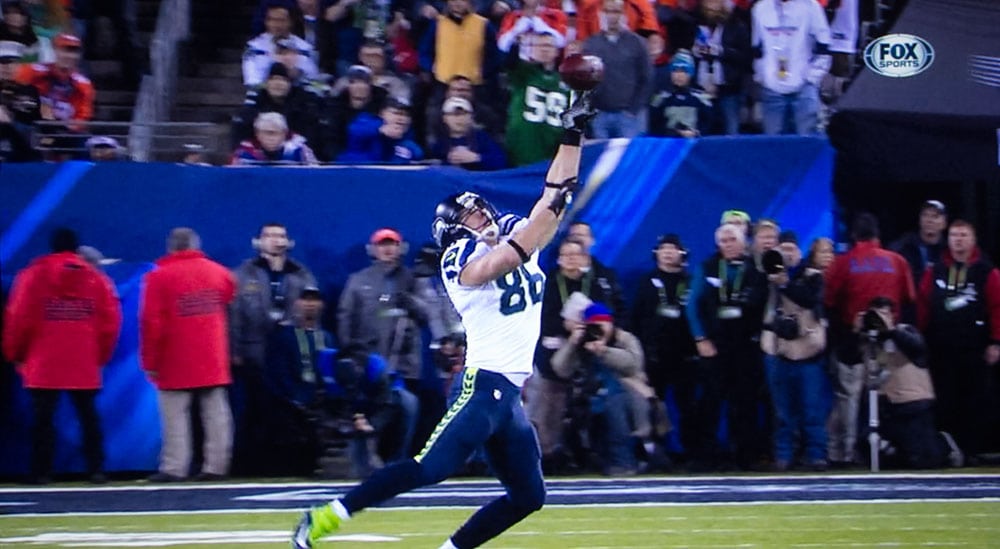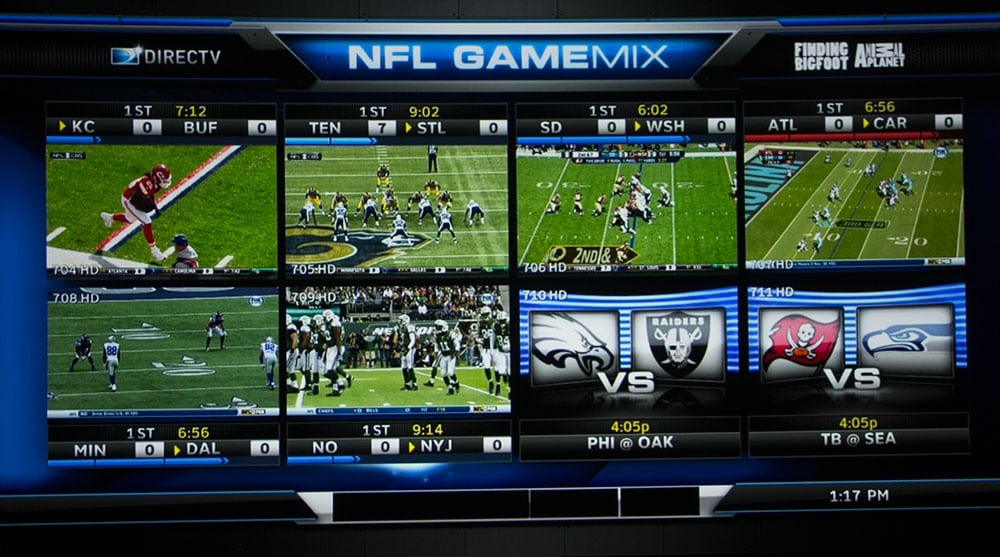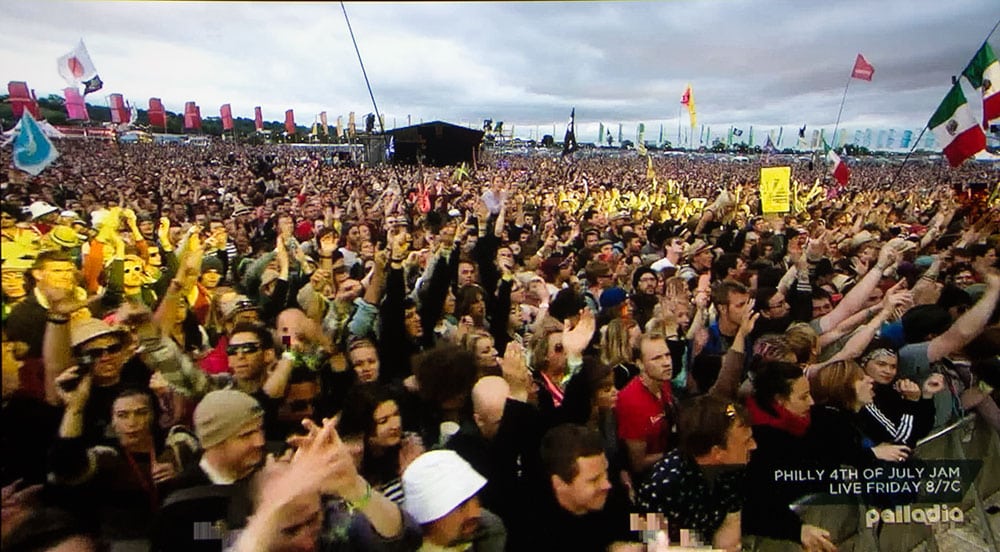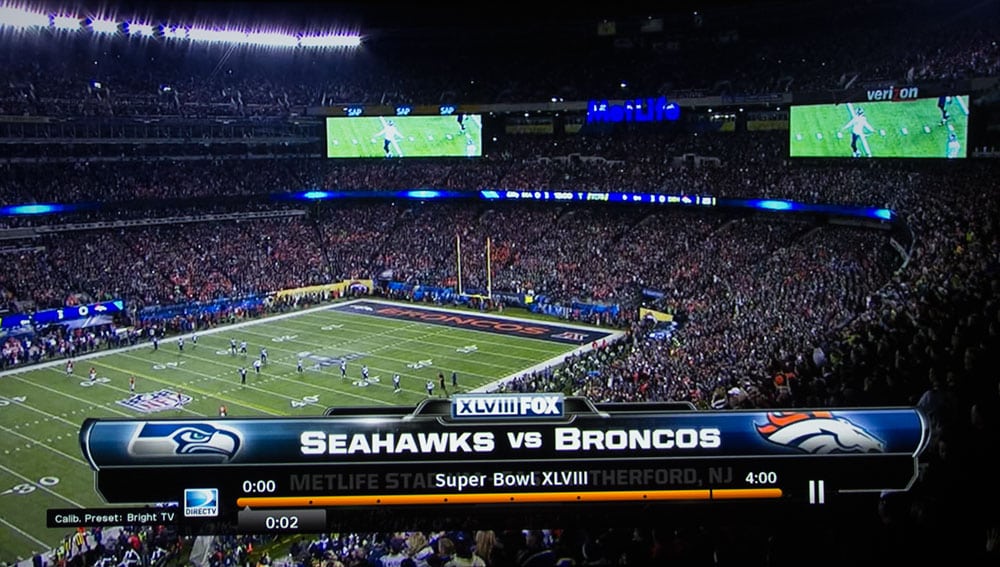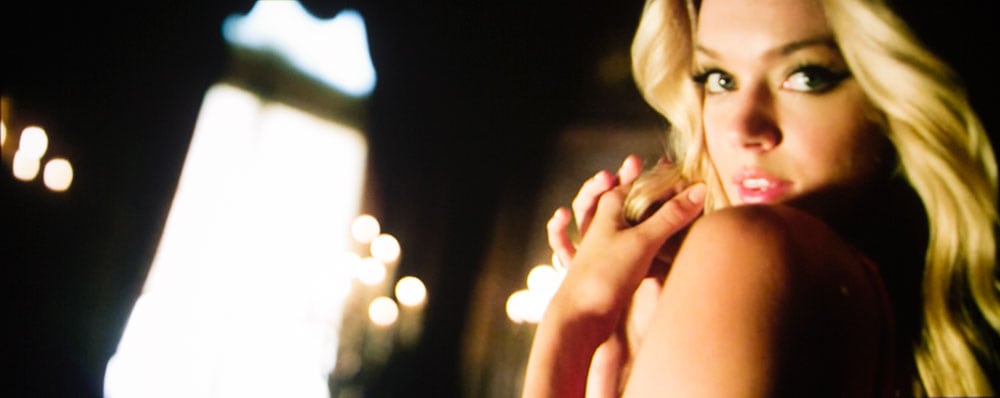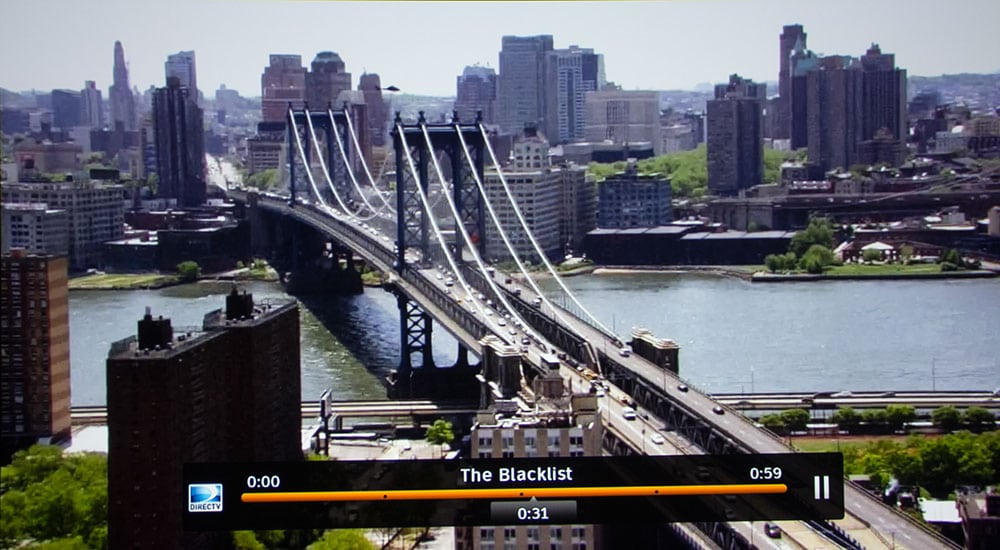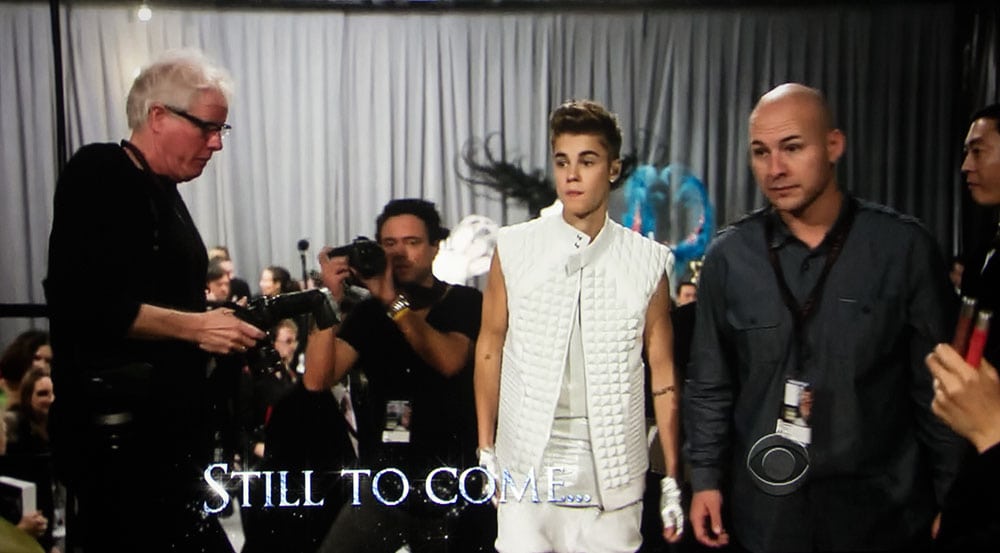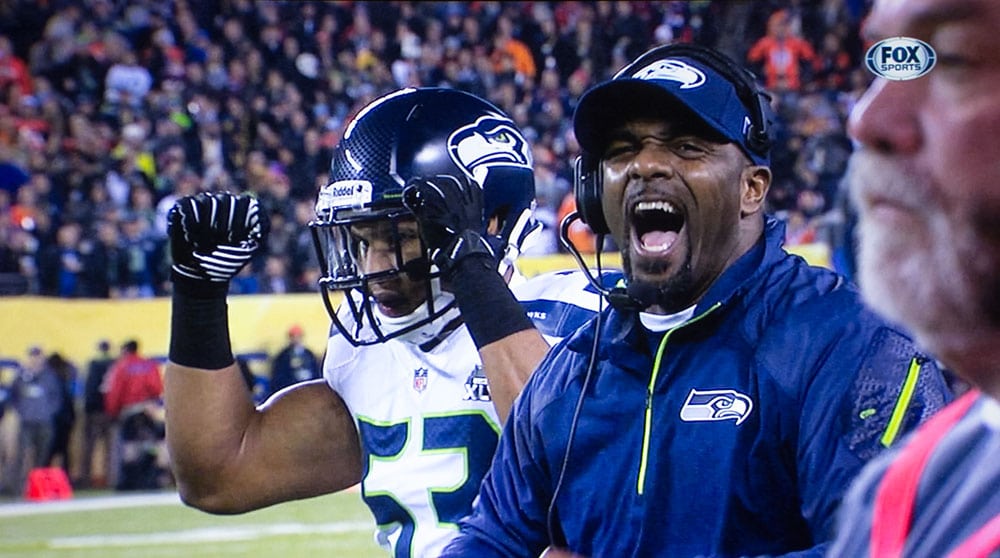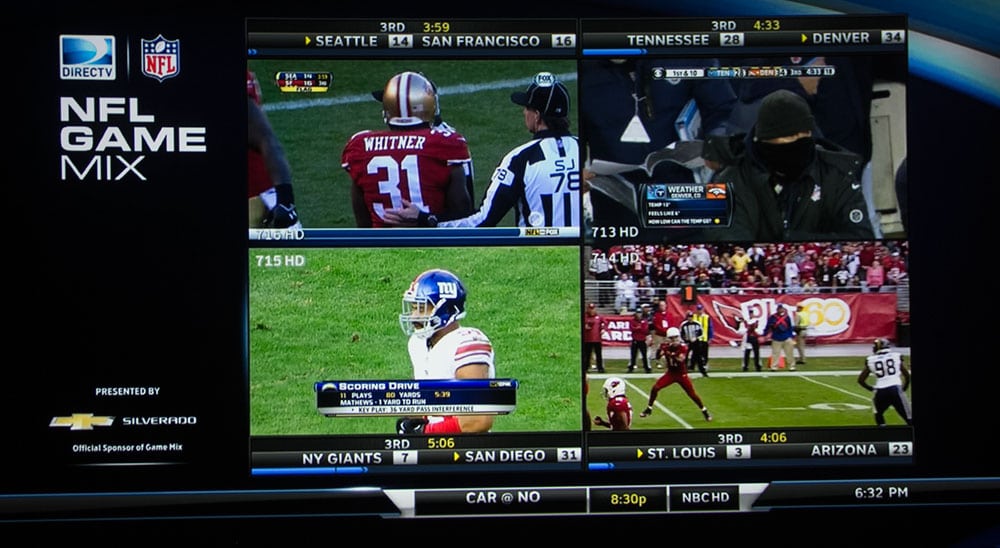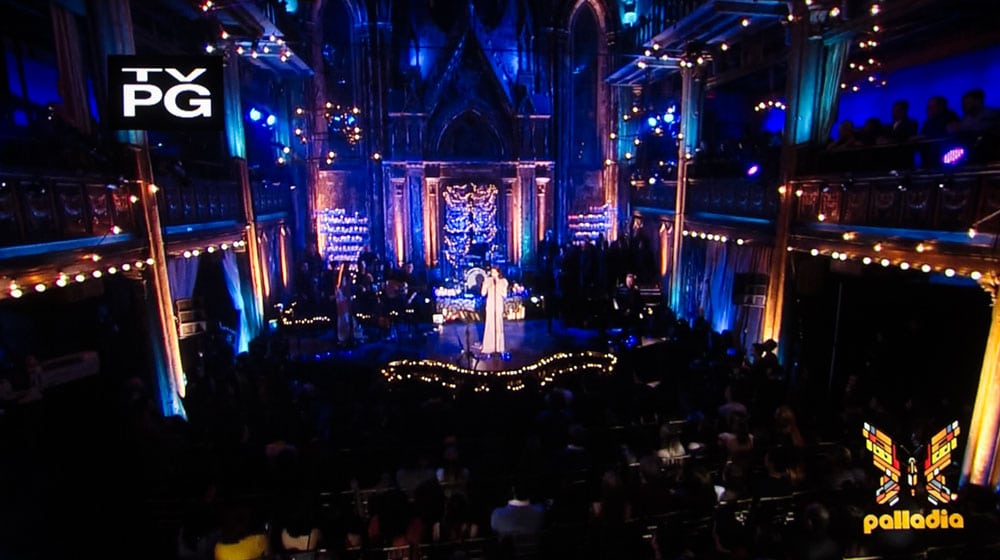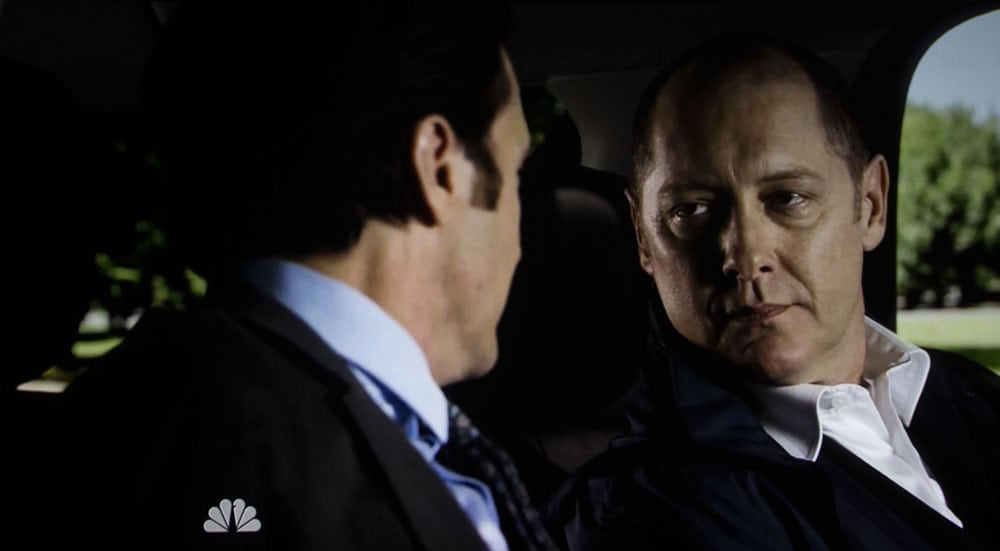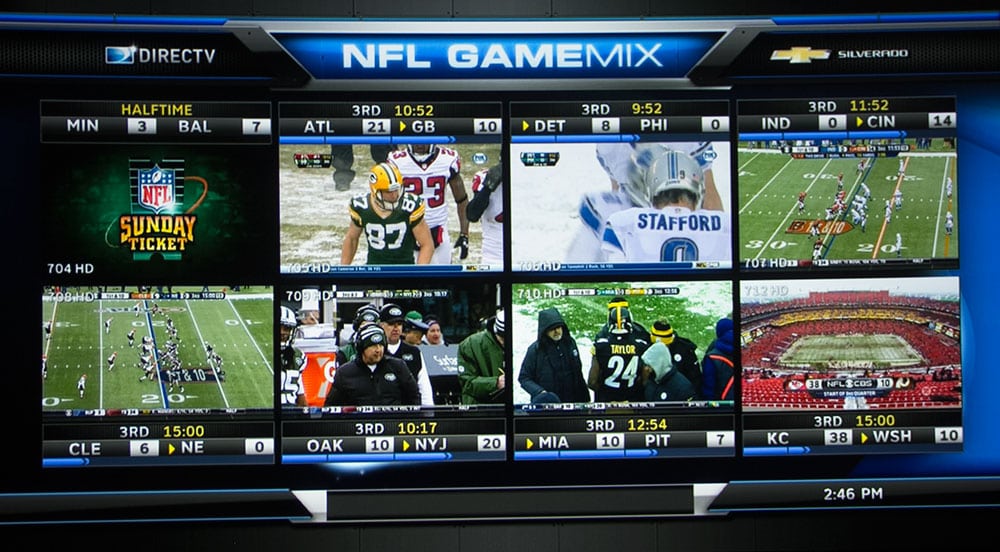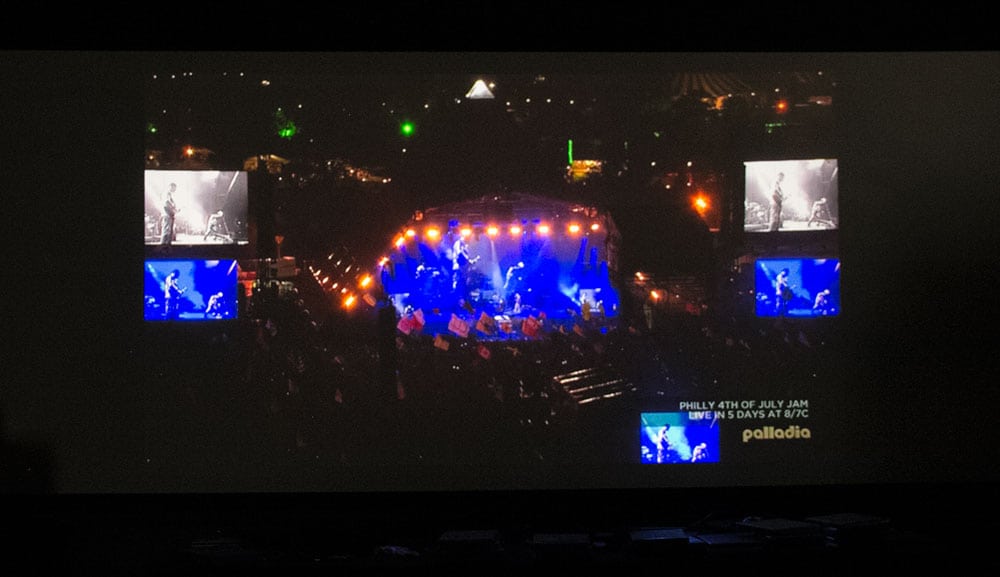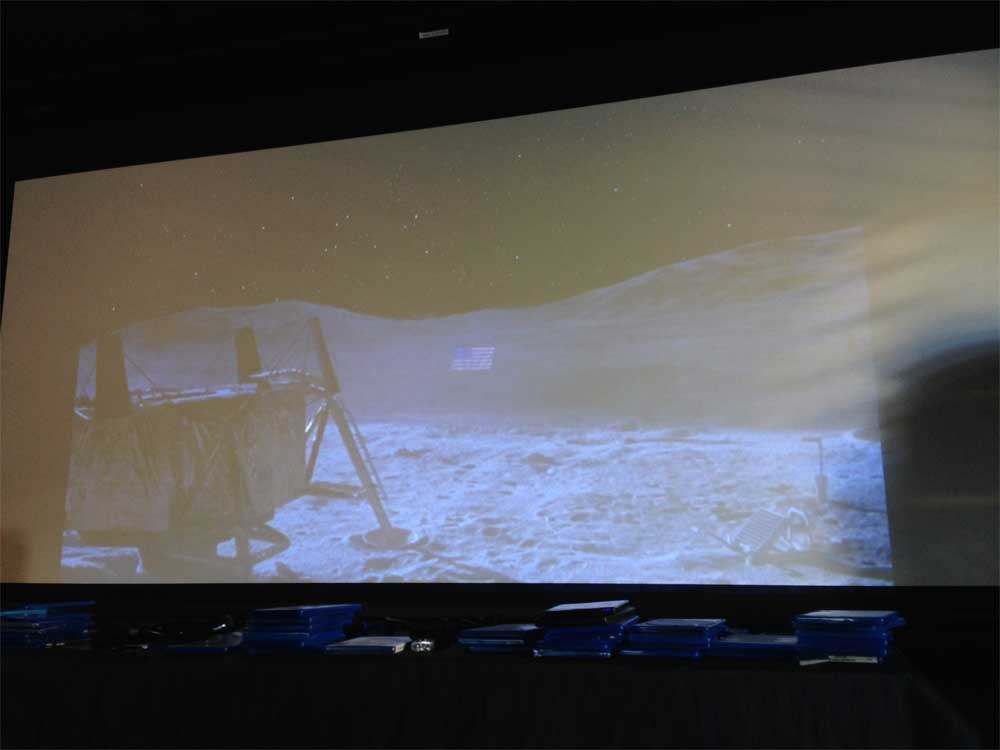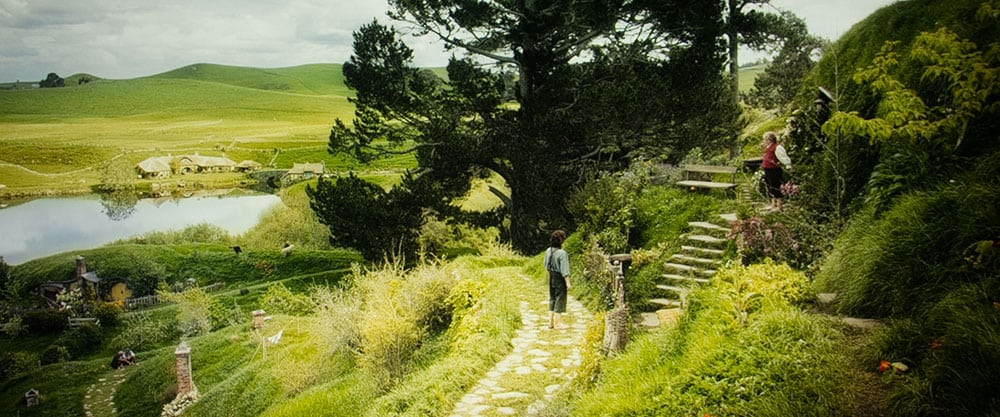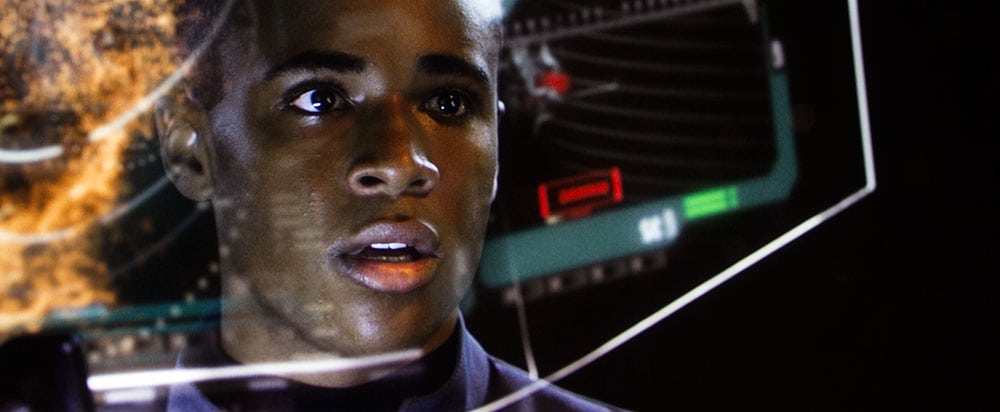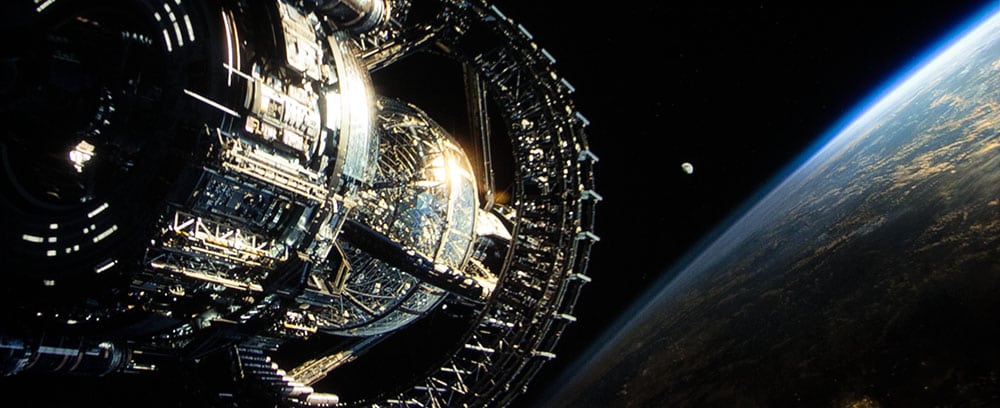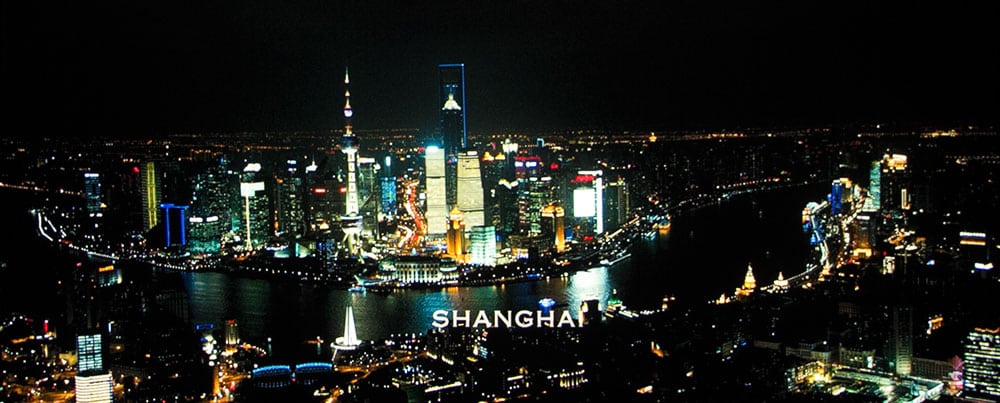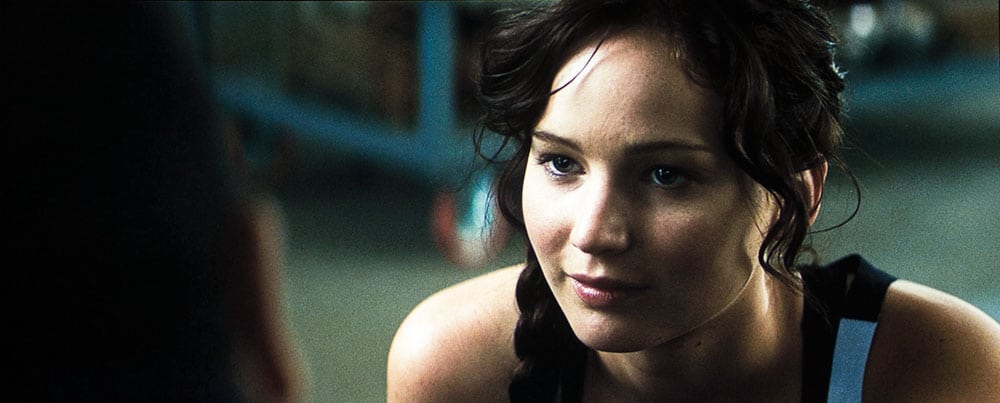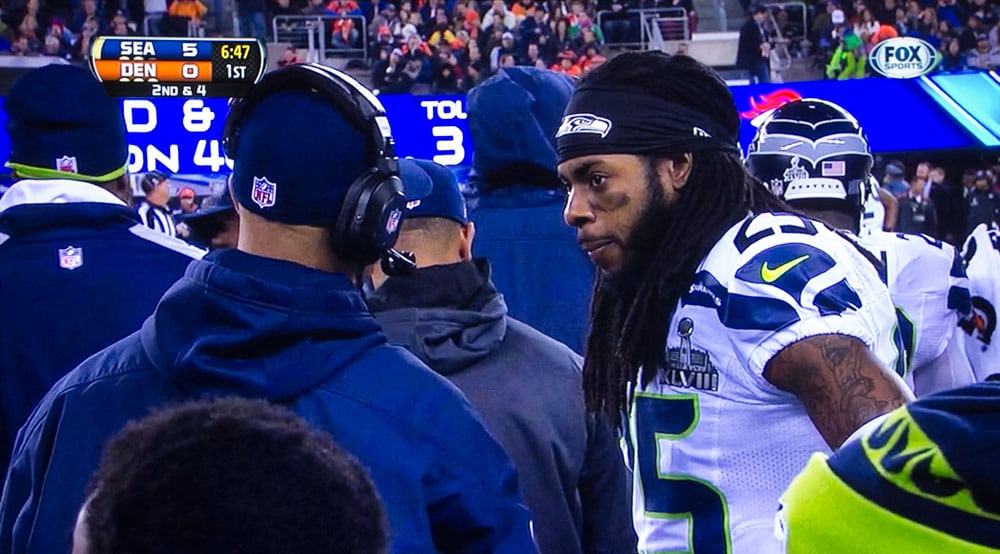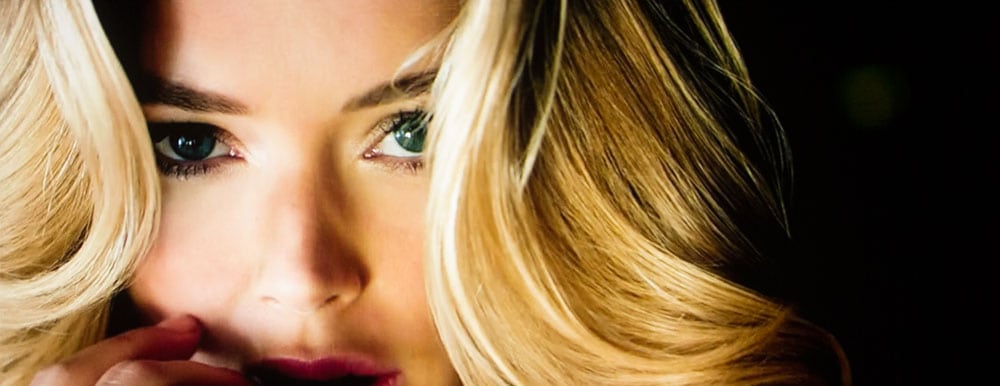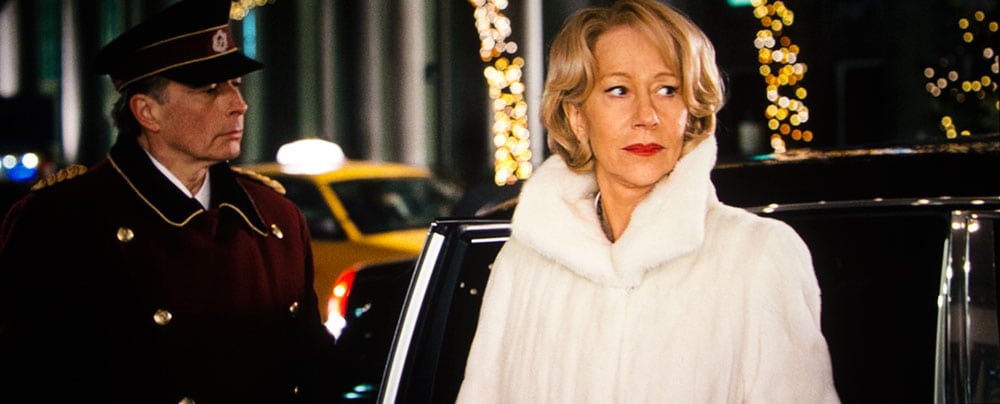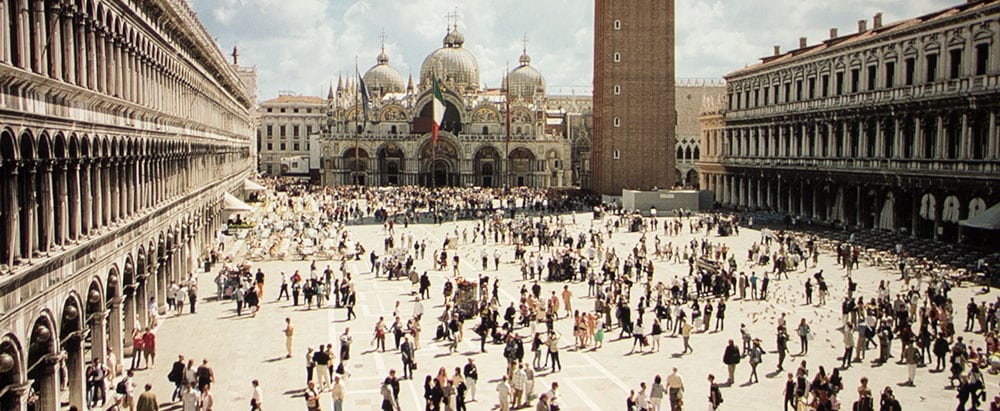HDTV and Sports Viewing
In theory, we watch movies in the dark, for maximum immersion – suspension of disbelief. When it comes to typical TV, and especially sports, the idea is that they are more social occasions for most, and are typically viewed with some intentional ambient light present.
Because of that tendency to be at least partially “lights on” for sports and TV, brightness of a projector becomes a factor.
And that’s one area where the Sony shines. The Sony calibrates at 1500 lumens, so you’ve got bright and great color. That is a combination that is hard to beat. Of the four projectors in our new comparison, the HW40ES in theory is the second brightest projector calibrated, with the BenQ sporting a modest additional 250 lumens.
Note that the one area where the HW40ES trounces the more expensive HW55ES is brightness. The more expensive Sony measures about 1000 lumens calibrated, and tops out around 1200 lumens. It is definitely more of a dedicated theater projector than one suitable for brighter rooms. Not so the HW40ES, which is suitable for both.
When it comes to the HW40ES vs its closest competitor, the Epson 5030UB, the Sony wins in calibrated brightness, as the Epson comes in at under 900 lumens (both at wide angle on the zoom lens). But we tend to be a lot more forgiving of color accuracy when watching a football game than say The Hunger Games. So the other thing you want to consider is how much brightness is really available when you need as much as you can. Hey, that’s why Sony has modes like “Bright TV and Bright Cinema” – not as accurate, but more suitable.
The Sony is a little brighter in its brightest mode, than it is calibrated, as is the BenQ. The Epson though is the brightest of the three in it’s Dynamic mode, and by a lot of lumens as it approaches 2400, and so it goes. Ultimately the Sony overall is one of the brighter projectors and is suitable in some living rooms, media rooms etc, not just in a dedicated theater.
In a theater this Sony projector has more than enough brightness for sports and TV typically. After all, theater’s even when letting in ambient light or using lights, typically have very good control over that lighting. When I have friends over, we have some window shutters mostly open and rear lights on. It’s a reasonably lit room for entertaining while watching TV and sports which recently included some of the soccer going on down in Brazil. Looked great to me. BTW mostly I’ve used Bright TV – or Bright Cinema rather than the calibrated mode, mostly for some of the other settings in place like contrast enhancement. In other words, for sports I favor pop over perfection.
On the other hand, with my shutters open all the way, without regard for controlling the light, on a sunny day, even Bright TV mode can’t handle a really dark scene, as shown here in the last of five images. The scene is the opening from Independence Day and it is very dark. (On the screen you can see some reflections from the open shutters, and the shadow cast by my audio equipment on the screen, on the right side.) Talk about washed out! Pretty bad, yes? The other images in that player were taken with minimal light coming in the window.
VPL-HW40ES Overall Picture Quality
The VPL-HW40ES produces a fine picture for a sub $2500 projector. It handles skin tones really well with the only limitation a little extra reds in faces in dark scenes. You can also sometimes see that same extra red in dark backgrounds on other dark scenes, where you are expecting black or extremely dark grey, you might observe a slight red tint.
The image is very sharp. We discuss that in the Performance section but sharpness is an integral part of picture quality. I primarily viewed the HW40ES with its Reality Creation – it’s dynamic detail enhancement on, and set for 20 which is default. It lens a real sense of sharpness to the picture that turning Reality Creation off lacks. Still there’s always a price (hopefully small) when you start playing with such features. It’s not hard to observe some related noise, in the hardening of faces textures, due to RC. On the other hand, on scenes without close ups of faces, the sharpness really works, with minor artifacts rarely noticeable. For movies though with a lot of close ups, I might suggest dialing RC down to 10, or turning it off. It’s your call. Whatever makes you happiest. If I had to permanently pick a Reality Creation setting, and was not allowed to change it no matter what I watch, I’d probably leave it at the default 20 setting, maybe lower, but I definitely, overall, prefer RC to be used when I’m viewing.
Shadow detail, as noted is really good, not perfect, but definitely very respectable.
It is the black level performance where this Sony could be significantly better. Not that it can’t hold its own with some of the best DLP projectors out there at the price. I certainly do count it as being an “ultra high contrast” projector, yet, it’s lack of a dynamic iris does leave it coming up quite visibly short of the blacks achievable by its big brother, the HW55ES, or for that matter the Epson UB projectors. Both that $1000ish more expensive Sony, or the Epson 5030UB, which is around the same price as the HW40ES, really have an edge on black levels that make a real difference on dark scenes.
As someone consistently demanding great black level performance, I really like the HW40ES, but would want to opt for one of those others, for the same reason I always preferred the Epson UB over the Panasonic PT-AE8000U – better black level performance is what separates great projectors from good ones. In other words, for a black level fanatic like me, the extra $1000 for the HW55ES is worth it.
And yet, the HW40ES looks killer – right out of the box. No need really to calibrate it, or even use our calibration numbers. It is the most “ready to watch” of any projectors in the $2000 to $3500 range. Almost all of the competition can put up a pretty good looking image or better, right out of the box (Optoma HD91 is the exception), but none near as accurate as this Sony.

